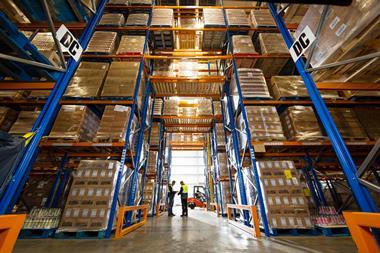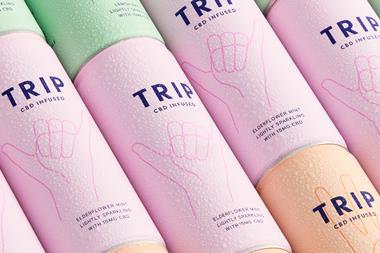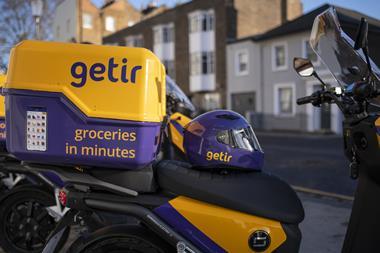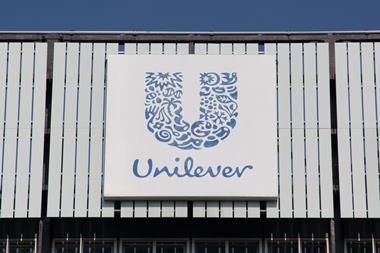
Innovative brands are generally smaller… until they become either mighty (if they work) or just fade away (if they don’t). They are not constrained by the responsibility of larger brands, which must keep supporting their infrastructure and providing returns to shareholders.
These brands mostly do not know the harsh realities that lie ahead and, even when they are counselled with caution, there is a lot of selective hearing. The challenges are often discounted. Are they brave or naive when they set out their stall? My money is on naive – but thank goodness they exist.
They often address an unmet need, such as demand for grown-up alcohol-free drinks. Others take a traditional product and service and do it better, like Fever-Tree.
Innovative brands challenge expectations, enliven categories and encourage other more established brands to raise their game. Consumers and retailers also benefit from these optimists, who want to get their products on the shelves of our supermarkets and provide the grit to the pearl.
In the lifecycle of a successful challenger brand, there comes a point when it becomes part of something bigger, and the establishment makes an investment – such as PepsiCo’s 15% stake in Rude Health – or the brand is bought in its entirety, like Coca-Cola’s acquisition of Innocent.
In some cases, this was always part of the plan and a cause for celebration – or at least it can be presented as such. In others, however, it is the result of exhaustion of energy and funds. And amid the cost of living crisis, the frequency with which bigger players will be able to sweep up more cash-strapped challengers will only increase. But as Thea Alexander of Young Foodies was saying in The Grocer last month (22 October), better survival of any kind than extinction.
At one end we have retailers cutting ranges and consolidating categories in a race to the bottom. That’s understandable in the short term, but wise? That’s debatable. Where will innovation come from when retailers work out they need to differentiate again to serve their customers?
At the other end is the mounting cost of goods like ingredients, packaging, labour and fuel. And if those don’t provide enough of a challenge for smaller brands, which are fighting so hard to survive, the death knell is being served up by their storage and distribution partners.
Many smaller brands are effectively being expelled from their facilities (I heard of one given a week’s notice) because their stock holding is too small, with third-party logistics providers now insisting on a minimum of 500 or even 1,000 pallets.
In the cases I have studied, it would increase their storage and distribution costs by 33% simply to remain where they are, not even taking into account any further rises in transportation costs. And the alternatives offered are either unpalatable, inflexible or simply unaffordable.
I understand and respect why logistics businesses are doing this, as it makes good business sense for them. However, the implication for small brands is devastating.
What are the solutions? Nothing is clear yet but collaboration is key. At Product Chain we have always championed innovative brands and offered an affordable conduit to trading with the multiples and wholesalers. We are determined to find a way to consolidate these brands so they are given a chance to survive, but we need to hear from the supply chain to understand the scale of the challenge.
As a brand owner myself, I know the harsh reality these pressures hold, but it is time for radical new solutions. One thought I have is for smaller brands to reach out to a complementary but not directly competitive larger brand, to collaborate with and ‘piggyback’ on its storage and distribution. In that way, small brands could find a safe haven to endure and larger brands get a better understanding of a potential acquisition.
Radical maybe, but a slaughter of the innocents serves no one. I am in talks with other interested parties and collaboration is key. If you’re experiencing similar issues or have an alternative solution to this predicament, please email me. In these tough times, we must not lose our challenger brands.















No comments yet